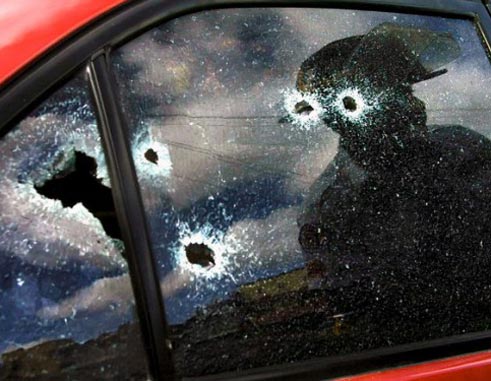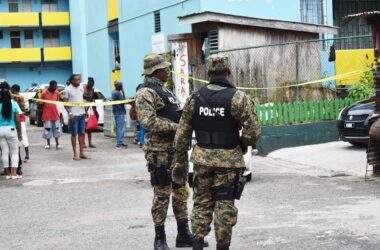IN the aftermath of the latest bout of gang violence in the capital that has shaken and traumatized many of our people, there has been no shortage of ideas and suggestions from people at all levels of the society, both locally and regionally, about what needs to be done to avert a recurrence.
It is interesting, although not surprising, that a lot of people see unemployment as a critical factor and have cited the need to create more jobs especially for the youth as a solution to the hordes of young men idling all over the country, creating a pool of potential home-grown terrorists that we have seen rising up here in recent times.
It is clear that harsher penalties to deal with perpetrators of youth crime and violence will not cut it. After all, was it not last year that we passed legislation outlawing gangs? Are they not still functioning right under our noses with apparent impunity? We do not need plasters for this sore anymore. We need deterrents, yes, but not only those of a punitive nature. The time has come when this country must take a long term view of this situation and devise strategies that will tap the energies and potential of our young men and women and channel them into positive directions even while they are still at school.
Two decades ago our criminals were mainly persons in their 20s and 30s. Today, they are largely teenagers– products of broken homes, delinquent parents, especially fathers—who lack guidance and self-esteem, do not appreciate or respect authority and will shoot someone in the face without batting an eye. This is the profile of the young criminals who now threaten us.
These people will not stop their violence because one government minister sees their actions as “senseless”. Nor will they fade away because another believes that they should “understand” the implications of their actions on others. The young killers of today care little about what makes sense, far less acknowledging the impact of their violence on their fellow men. And herein lies the real danger, because unless there is that understanding, that acknowledgement by the practitioners, we simply will not bring gang violence under control.
Is there hope? Of course there is. We welcome an initiative being proposed by the Leon Hess Comprehensive Secondary School for an anti violence campaign in schools across the country. Equally welcomed is the work by the Barbados-based Caribbean Mentorship Institute to bring this kind of intervention to communities in the region. We also agree with the CMI President that policy makers can no longer turn a blind eye to the plight of young persons, warning that if they did, “then we can rest assured that gang activities and criminality amongst disadvantaged youths will only escalate to create further harm within our communities and countries”.
With the recent incidents still fresh in everyone’s mind, our government must begin serious efforts to cater for our young people by providing them with opportunities for positive endeavours. And what better occasion to demonstrate our commitment in this direction than in the approaching budget presentation. Can we expect that the government will finally acknowledge that we are in a crisis situation and decide to allocate more than a token sum to begin this process?















